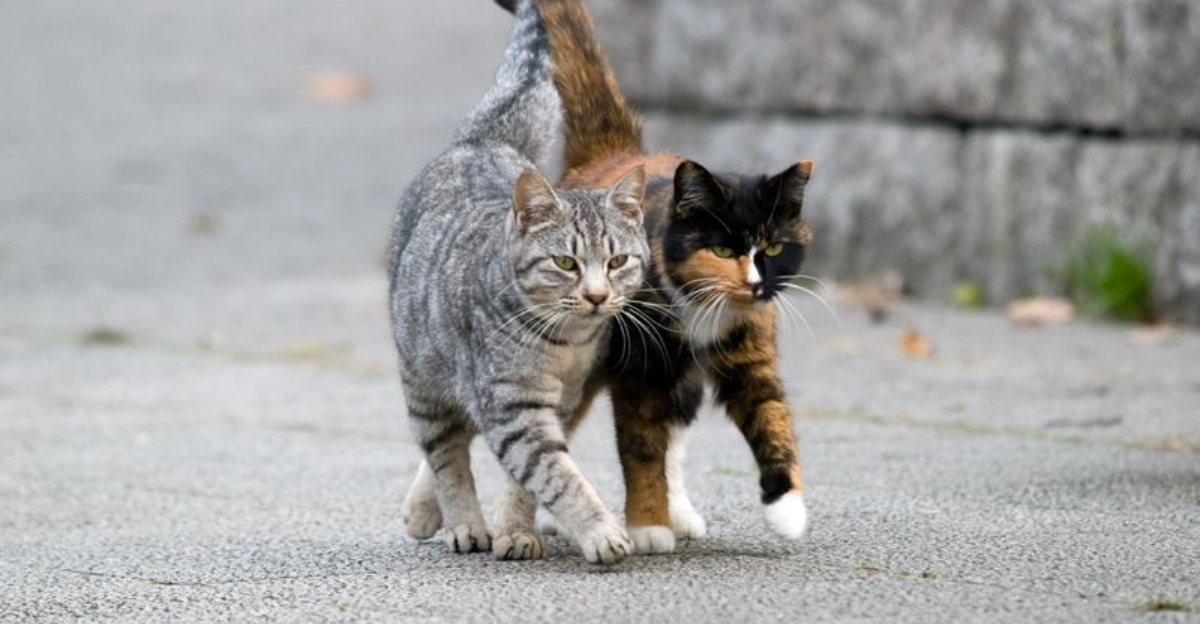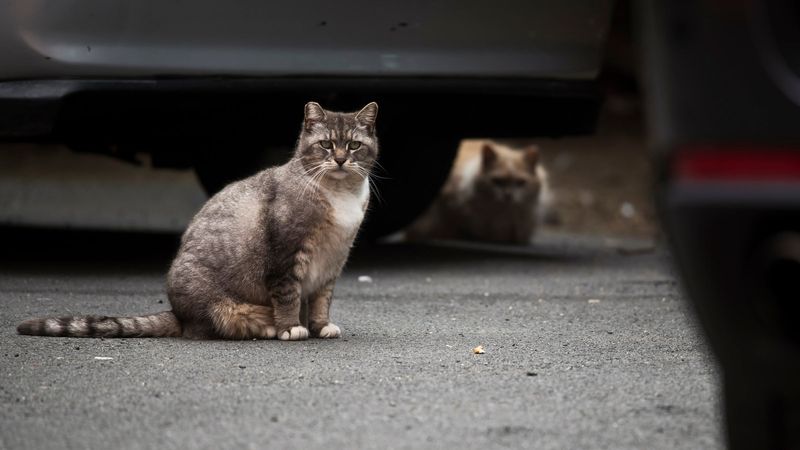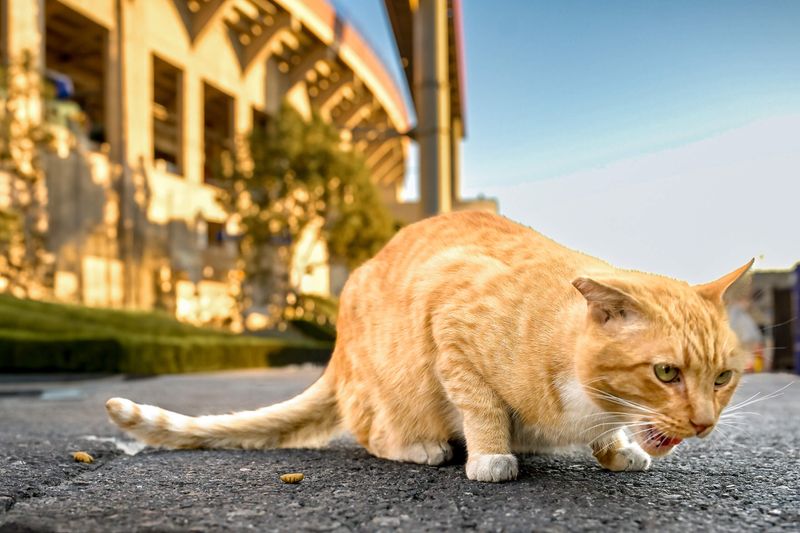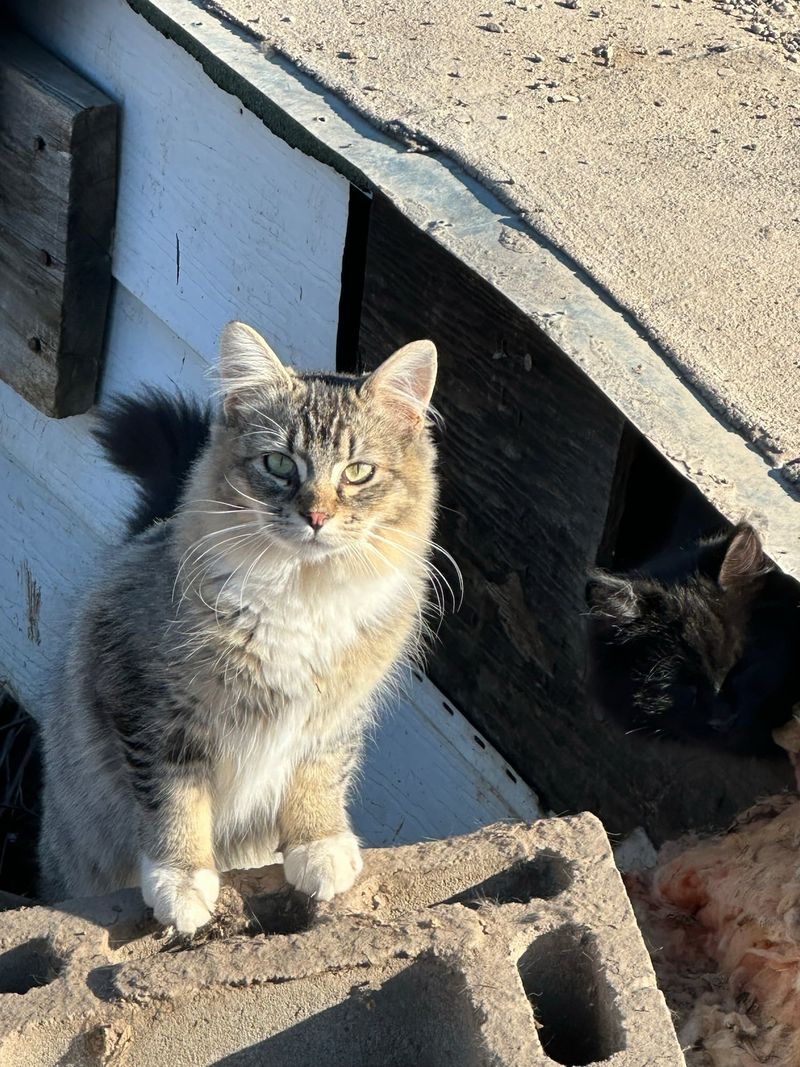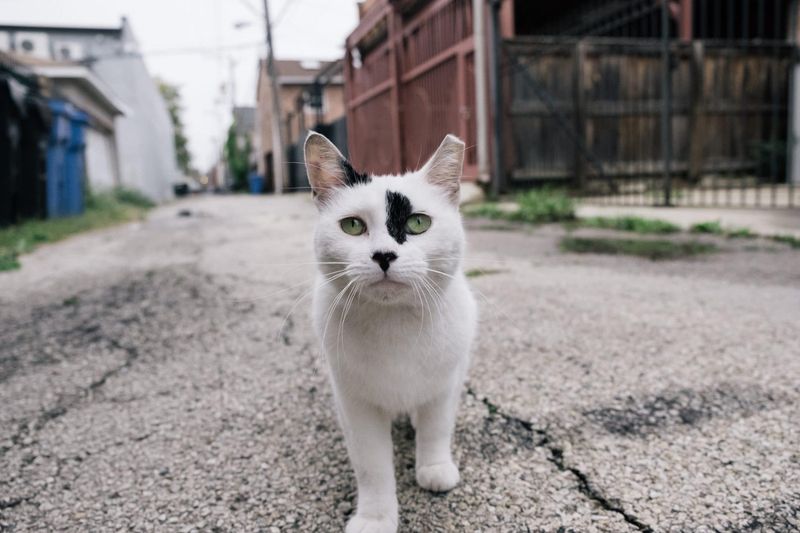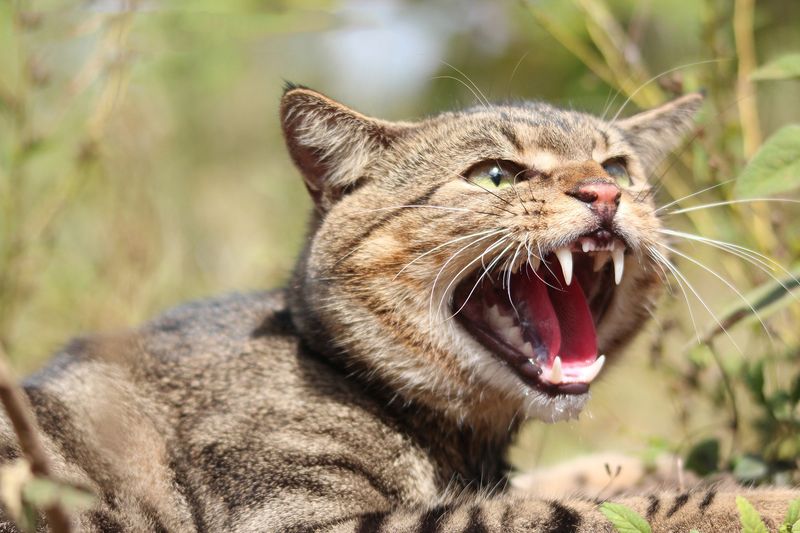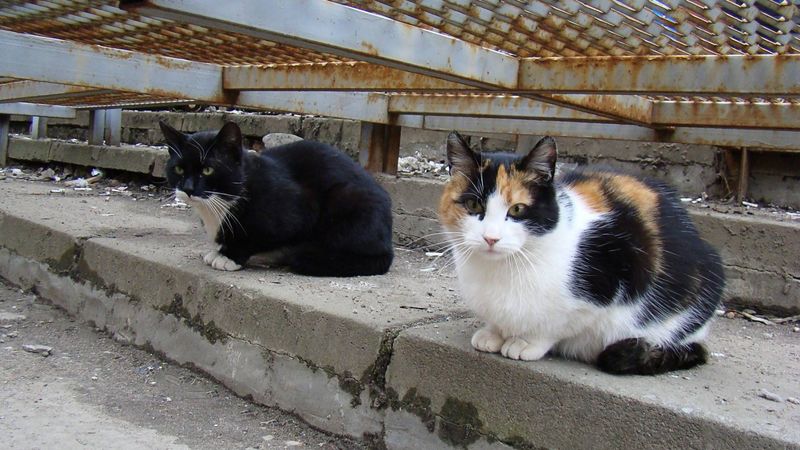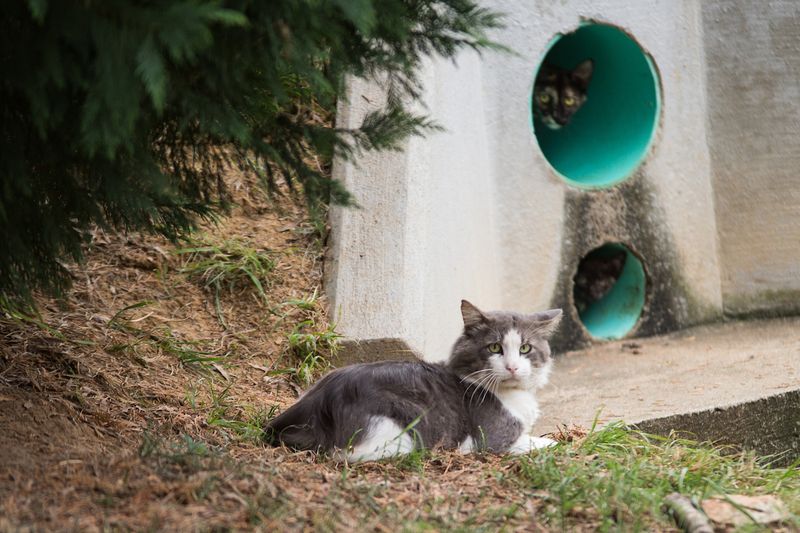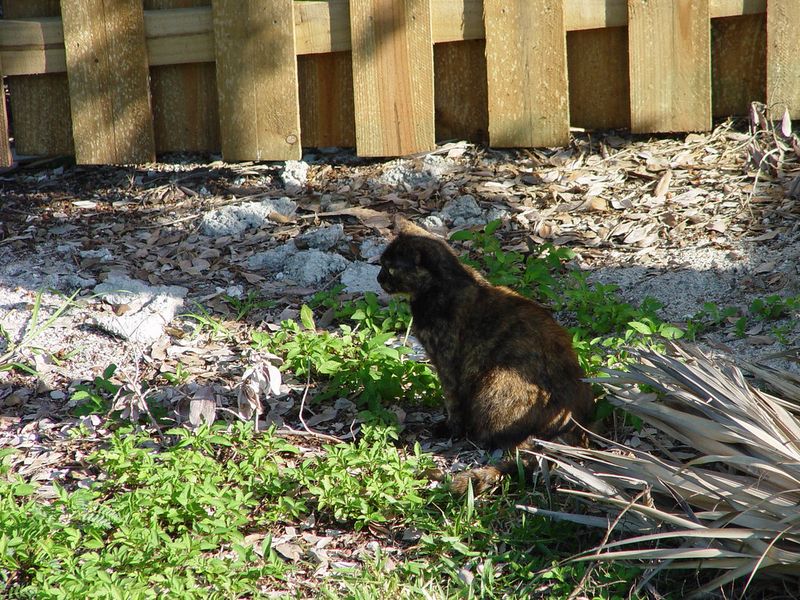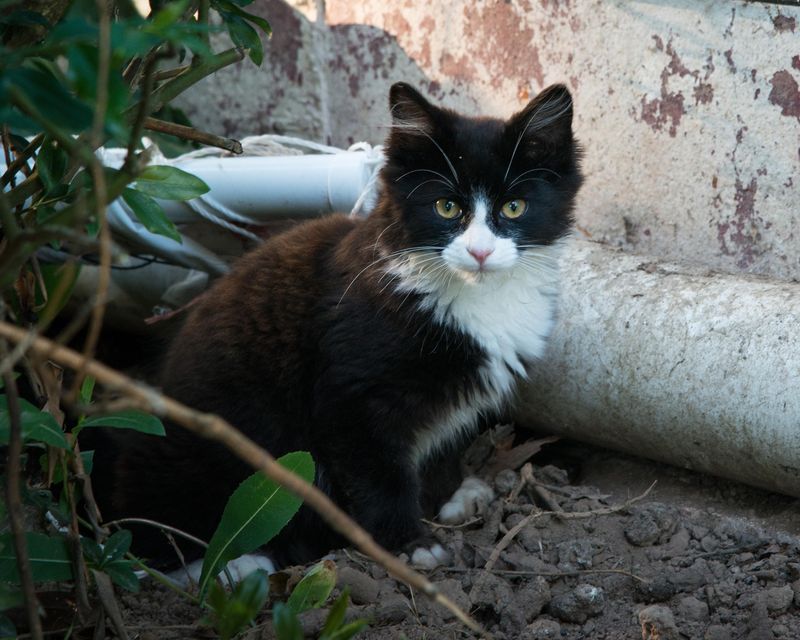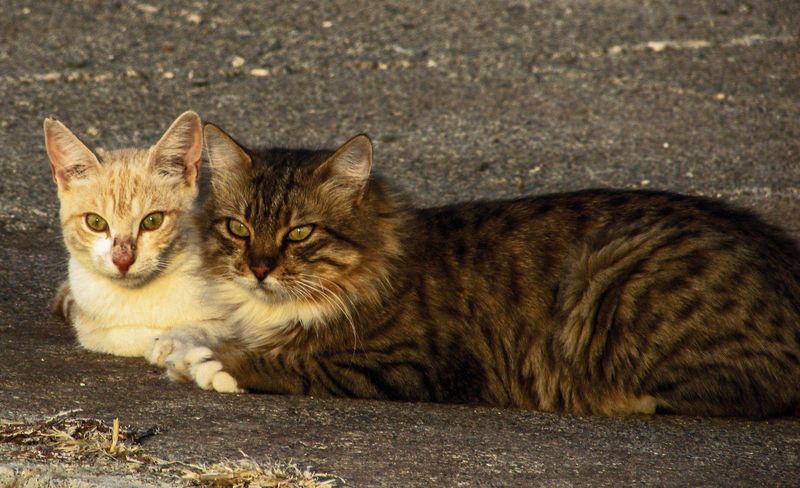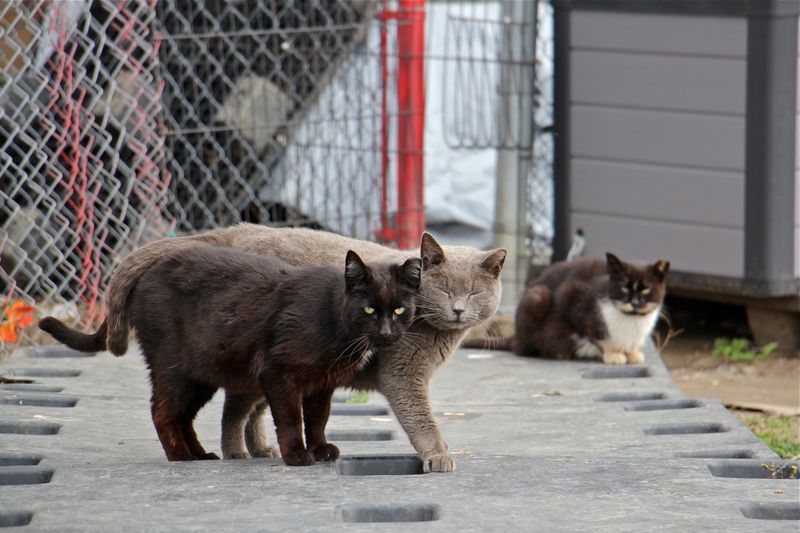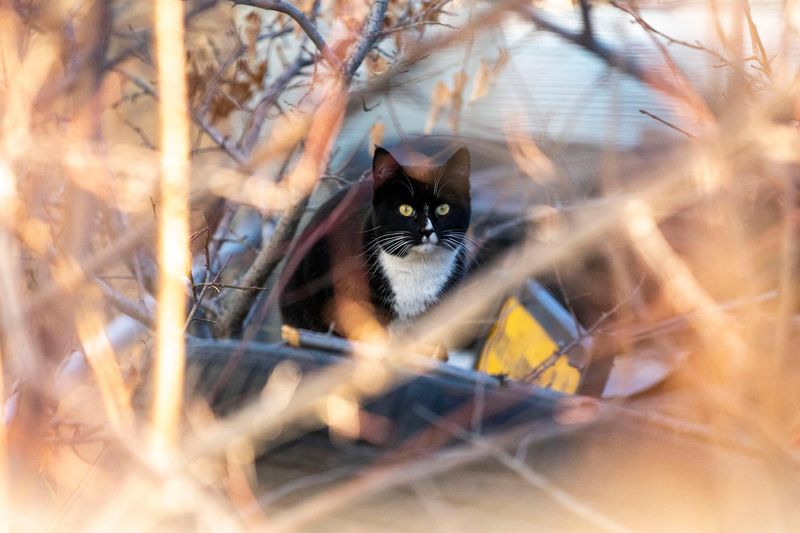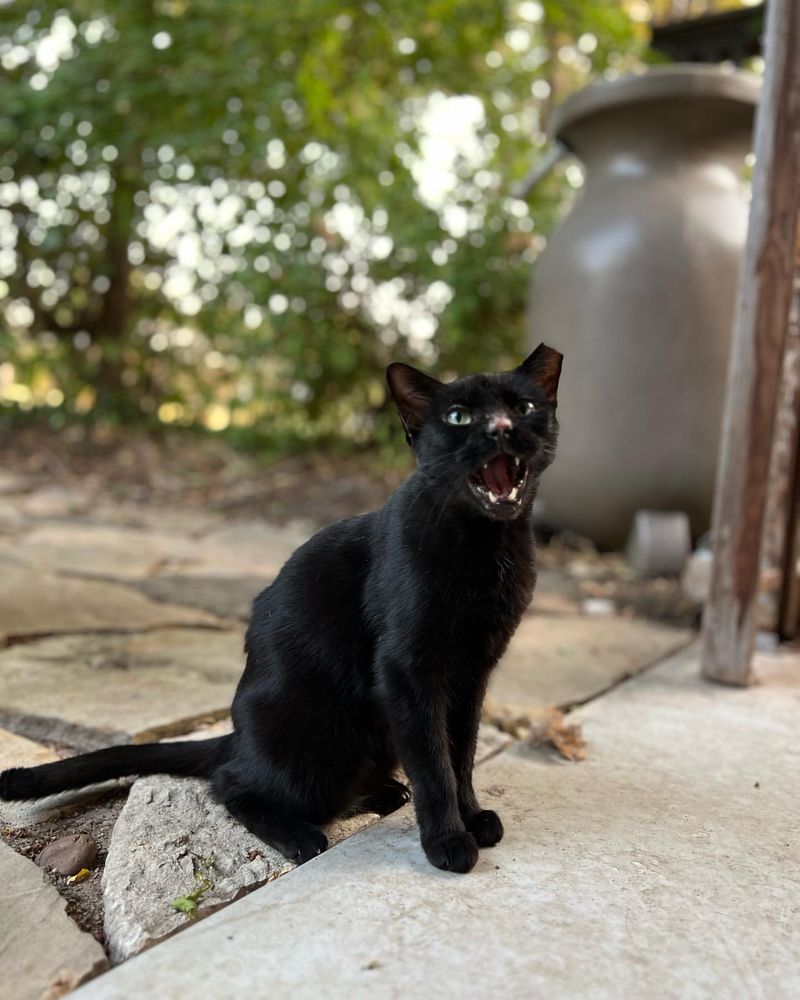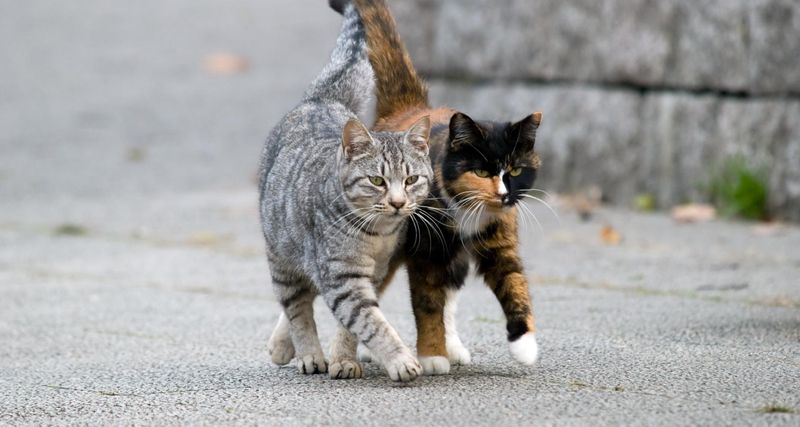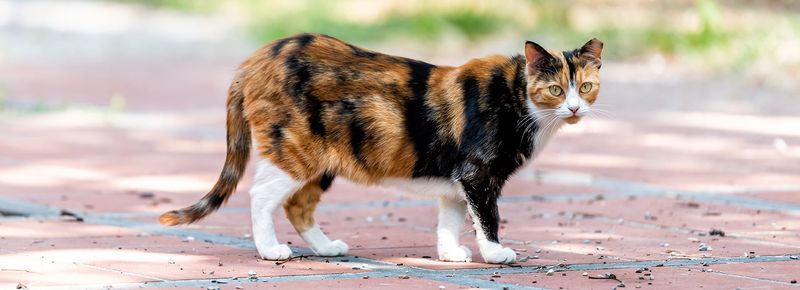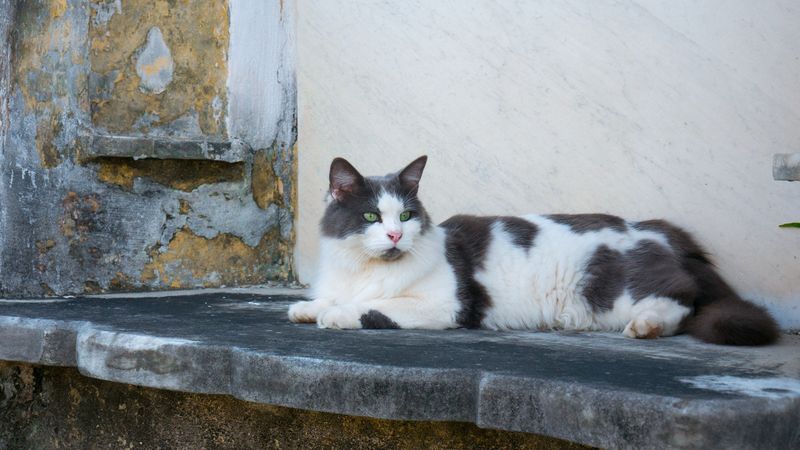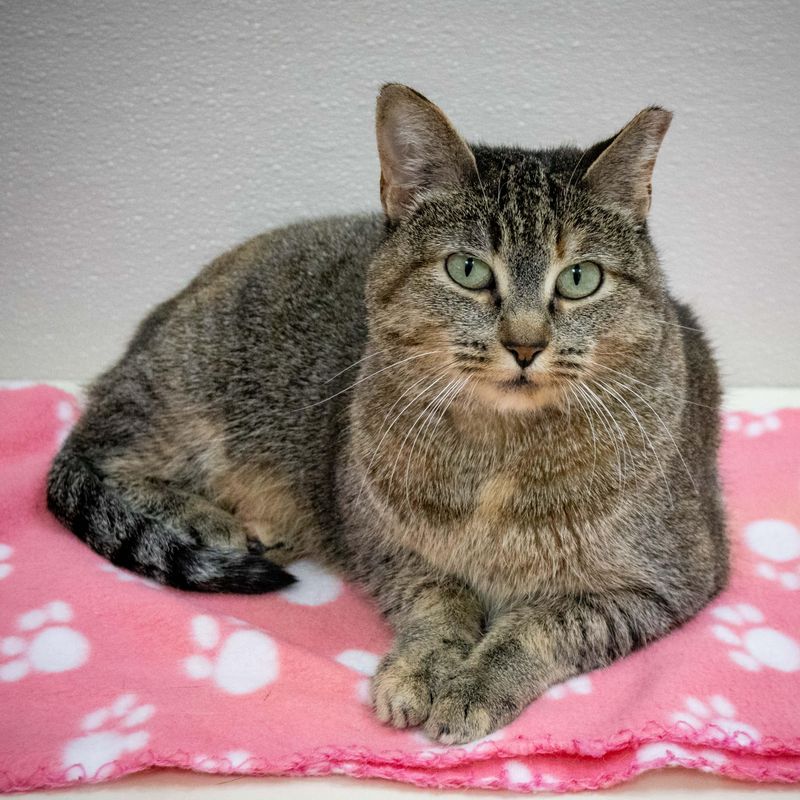📖 Table of Content:
- 1. New York City, New York
- 2. Los Angeles, California
- 3. Houston, Texas
- 4. Chicago, Illinois
- 5. Phoenix, Arizona
- 6. San Francisco, California
- 7. Austin, Texas
- 8. Miami, Florida
- 9. Seattle, Washington
- 10. Portland, Oregon
- 11. Philadelphia, Pennsylvania
- 12. Denver, Colorado
- 13. Dallas, Texas
- 14. San Diego, California
- 15. Atlanta, Georgia
- 16. New Orleans, Louisiana
- 17. Tulsa, Oklahoma
Feral cats have increasingly become a common sight in urban areas across the United States. Their adaptability allows them to survive in city environments where food sources and shelter are plentiful. These independent animals navigate the urban landscape with remarkable resilience, thriving despite the challenges posed by the bustling city life.
Many U.S. cities have witnessed the rise of feral cat populations, which are often found in parks, alleyways, and abandoned buildings. The warm climates, combined with ample food sources, create ideal conditions for these cats to survive and even flourish. While some areas are working to manage the issue, others see it as part of the urban ecosystem.
Efforts to address the feral cat populations range from TNR (trap-neuter-return) programs to creating safe spaces for the animals. Coexisting with feral cats presents both challenges and opportunities for urban communities. Recognizing which cities are home to these thriving populations provides insight into how to manage and support these resilient creatures.
1. New York City, New York
New York City is a concrete jungle not just for people but for feral cats too. These clever creatures are often seen navigating the city’s labyrinth of alleys and hidden corners.
In areas like Brooklyn and Queens, community efforts strive to manage and care for these populations. Spay and neuter programs are common, helping to control numbers.
Despite the city’s hustle, these cats find solace in small parks and hidden gardens, adapting to the urban environment with resilience and resourcefulness.
2. Los Angeles, California
Sunny Los Angeles provides a warm haven for feral cats. These felines are a common sight in neighborhoods, where they roam freely.
The mild climate and widespread availability of food sources contribute to their thriving populations. Many residents have taken to caring for these cats, ensuring they have access to basic needs.
Local organizations work tirelessly to manage populations through humane trap-neuter-return programs, balancing the ecosystem within urban settings.
3. Houston, Texas
The large, diverse landscape of Houston, combined with its warm weather, supports a healthy population of feral cats. These cats are frequently seen in downtown districts, scavenging for food.
Many local groups and volunteers engage in feeding and caring initiatives, ensuring the cats’ welfare.
The city’s green spaces provide necessary shelter and protection, allowing these cats to thrive despite urban challenges.
4. Chicago, Illinois
In the heart of Chicago, feral cats make their home in the city’s alleyways and neglected spaces. Though winter’s chill is a challenge, these cats have learned to cope and thrive.
Local shelters often step in to provide warm shelter during the colder months. Community programs focus on spaying and neutering to prevent overpopulation, ensuring a balanced coexistence with urban life.
These efforts help manage the feral population while also providing support for the cats’ survival.
5. Phoenix, Arizona
The hot, dry conditions of Phoenix make it a tough environment for many animals, but feral cats manage to survive and even flourish. These resilient creatures can often be found in neighborhoods and alleyways, utilizing any available resources for survival.
Their ability to adapt to harsh conditions is a testament to their tenacity. Community programs focus on providing water and shade, especially during extreme heat.
Residents often leave food and water, creating a supportive environment for these adaptable animals.
6. San Francisco, California
Feral cats have made their homes among San Francisco’s iconic streets, navigating the city’s steep hills with ease. The mild climate fosters a flourishing population. These resilient cats expertly use every space available, adapting to the urban environment with remarkable resourcefulness.
Many residents support spay and neuter initiatives, managing feral populations effectively. Local organizations also provide food and medical care, working to ensure the cats’ health and safety.
With these efforts, San Francisco has managed to create a balanced environment where both humans and cats can coexist peacefully.
7. Austin, Texas
Known for its vibrant arts scene, Austin is also home to a significant feral cat population. These cats are often spotted near artistic districts, blending in with the urban vibe.
Cat-friendly neighborhoods and dedicated volunteers provide food and shelter, ensuring the cats’ basic needs are met. Local businesses and residents are often involved in efforts to keep the cats healthy and safe.
Efforts to control the population include various community-driven initiatives, fostering a harmonious environment. These programs focus on spaying and neutering, contributing to long-term solutions for managing the feral cat presence.
8. Miami, Florida
The tropical climate and lush surroundings in Miami make it an ideal habitat for feral cats. These cats are often seen in neighborhoods where food sources are abundant.
Local organizations advocate for humane management practices, ensuring the cats’ well-being. These initiatives focus on spaying and neutering, which helps control the population while reducing health risks.
Residents often engage in feeding and caretaking, supporting a balanced coexistence. Volunteers also work to educate the public on responsible cat care and the importance of keeping the environment safe for both people and animals.
9. Seattle, Washington
Seattle’s rainy climate doesn’t deter its feral cat populations. These resilient animals find refuge in parks and green spaces, adapting to the weather. Local shelters and organizations work together to provide dry shelters and food supplies, especially during the wetter months.
Many residents participate in the care and management of these cats, ensuring their safety. The city’s commitment to humane treatment helps maintain a stable feral cat population, balancing animal welfare with community needs.
Volunteers also play a key role in monitoring and supporting feral cat colonies, helping to keep their numbers in check. This collaborative effort ensures a healthier environment for both the cats and the community.
10. Portland, Oregon
The community-focused spirit in Portland extends to the care of its feral cats. Often seen wandering through gardens and communal spaces, these cats find sustenance and protection. People in the area engage in trap-neuter-return programs to ensure the cats are managed compassionately.
With strong support from local organizations, the feral cat population remains under control. The city’s dedication to compassionate care fosters an environment where both people and animals can thrive. Efforts are also made to raise awareness about responsible pet ownership and the importance of spaying and neutering.
This proactive approach helps maintain a balance between urban life and the well-being of its feline residents.
11. Philadelphia, Pennsylvania
With its historic charm, Philadelphia hosts a notable feral cat population. These cats are often seen in older neighborhoods, adding to the city’s character.
Local groups focus on humane management and care, making use of volunteers and community resources.
The public’s involvement in providing shelter and food is crucial to the cats’ survival. Many residents also take part in TNR (trap-neuter-return) programs, helping control the population. These efforts ensure a balanced coexistence between the cats and the urban environment.
12. Denver, Colorado
The unique blend of urban and natural environments in Denver provides diverse habitats for feral cats. These cats often find refuge in parks near the city’s outskirts.
Community initiatives focus on spay and neuter programs to manage populations effectively. Volunteers play a significant role in ensuring the cats’ wellbeing, providing food and shelter.
The city’s commitment to humane care ensures that the cats can live peacefully within their environment. Collaboration between local shelters and volunteers fosters a supportive atmosphere for the animals.
13. Dallas, Texas
Dallas’s expansive suburban areas are home to numerous feral cats. These cats are often seen relaxing in open spaces, utilizing the available resources.
Many residents participate in feeding and caretaking efforts, creating a supportive community. Local organizations emphasize humane management practices, balancing the urban ecosystem. These programs help reduce overpopulation and ensure the cats’ well-being.
Volunteers work tirelessly to monitor the health of the cats and provide them with necessary medical care. The city fosters a collaborative effort to maintain a peaceful coexistence between the cats and the residents.
14. San Diego, California
The coastal climate of San Diego offers a favorable environment for feral cats. These felines can often be seen near beaches and coastal neighborhoods.
The mild weather and plentiful food sources contribute to their thriving populations. Community programs focus on humane management, ensuring the cats’ health and well-being. Volunteers regularly monitor the cats, providing necessary food, shelter, and medical attention.
Spay and neuter initiatives are vital in controlling the population, helping to maintain a balanced ecosystem. As a result, these cats continue to coexist peacefully within the city’s vibrant coastal communities.
15. Atlanta, Georgia
The historic districts of Atlanta provide a rich habitat for feral cats. These cats find shelter among the city’s older buildings and lush surroundings.
Humane management practices are encouraged, with local groups facilitating spay and neuter efforts. The community’s involvement in providing food and shelter ensures a balanced coexistence with urban life. Volunteers play a key role in monitoring the cats’ health and well-being.
Educational programs help raise awareness, encouraging responsible care and fostering harmony between residents and the feral cat population.
16. New Orleans, Louisiana
The Big Easy embraces its feral feline residents with a unique charm that matches the city’s laid-back culture. Community-run trap-neuter-return programs have dramatically reduced the stray population while allowing cats to live freely throughout historic neighborhoods.
Local restaurants often leave scraps for their neighborhood mousers, creating a mutually beneficial relationship. These cats have become unofficial tourist attractions, with visitors frequently spotting them lounging on sun-warmed brick courtyards in the French Quarter.
Several local nonprofits provide medical care and food distribution, ensuring these cats maintain healthy colonies. The city’s warm climate and abundance of hiding spots in centuries-old buildings create perfect habitats for these street-smart kitties.
17. Tulsa, Oklahoma
Tulsa stands out as a surprising haven for feral cats thanks to its innovative “Working Cats” program. The city pairs feral felines with businesses and warehouses seeking natural pest control, transforming cats that might otherwise be euthanized into valued workers.
Local shelters collaborate with city officials to maintain healthy colonies throughout Tulsa’s diverse neighborhoods. These partnerships have created a remarkable support network that provides regular feeding stations, winter shelters, and free spay/neuter services.
Many Tulsa residents have embraced their roles as colony caretakers, forming tight-knit communities dedicated to feline welfare. The city’s spacious parks and industrial areas offer plenty of territory for cats to establish comfortable domains while keeping rodent populations in check.
